Southern Exposure: 4 South American Designers Taking on the World
From incredible architecture and interior design to fashion and furniture, we meet four innovators whose work is helping to reshape South America as a creative powerhouse
From incredible architecture and interior design to fashion and furniture, we meet four innovators whose work is helping to reshape South America as a creative powerhouse
Brazil and Argentina may make the headlines for style, flair, and architecture, but they’re not the only ones on the South American design playing field. Today their neighbors Chile, Colombia, Peru, and Uruguay are producing some of the continent’s most exciting design work.
As for what ties together new South American design, the answers may surprise you. In the four design houses we visit here, there’s a wholesale rejection of the simple, blond-wood Scandinavian style and adjacent design and fashion elements. Lines here are either sharper or more complex, and there are splashes of rich color, often in unexpected doses. And while limited availability of goods can be problematic, it also spurs creativity and ingenuity, and occasionally requires designers to reinvent the wheel.
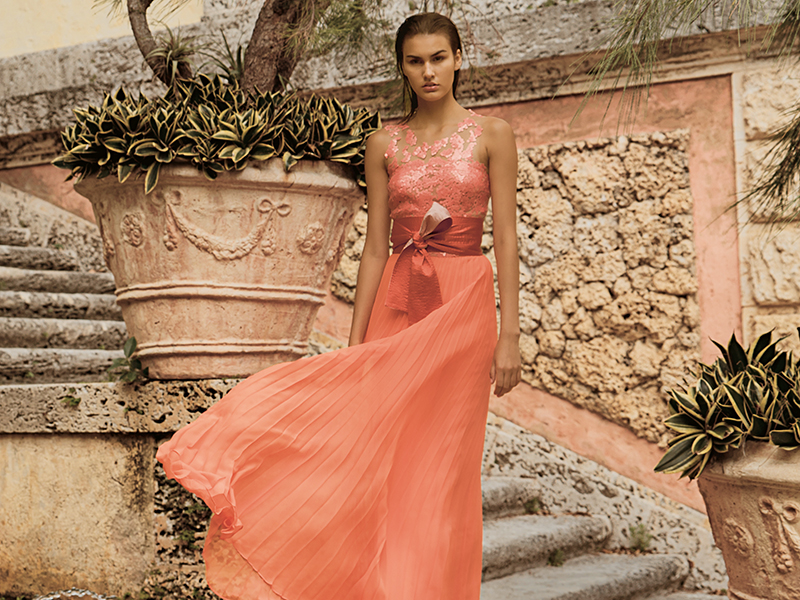
The greatest strength of Latin American design is the long tradition of talented local artisans who make this design work possible.
One thing nearly everyone agrees on is that one of the greatest strengths of Latin American design is the long tradition of talented local artisans who make this design work possible.
Read on to meet an interior designer, a furniture designer, an architect, and a fashion designer, all of whom also dabble in other design arts. Because this Latin American creativity cannot be contained…

Together with his team of eight designers, Martín Dulanto works from an architecture office in Lima that he established in 2012. For a long time he says he struggled with “not fitting in as a traditional architect,” but later found strength in his non-conventional nature.
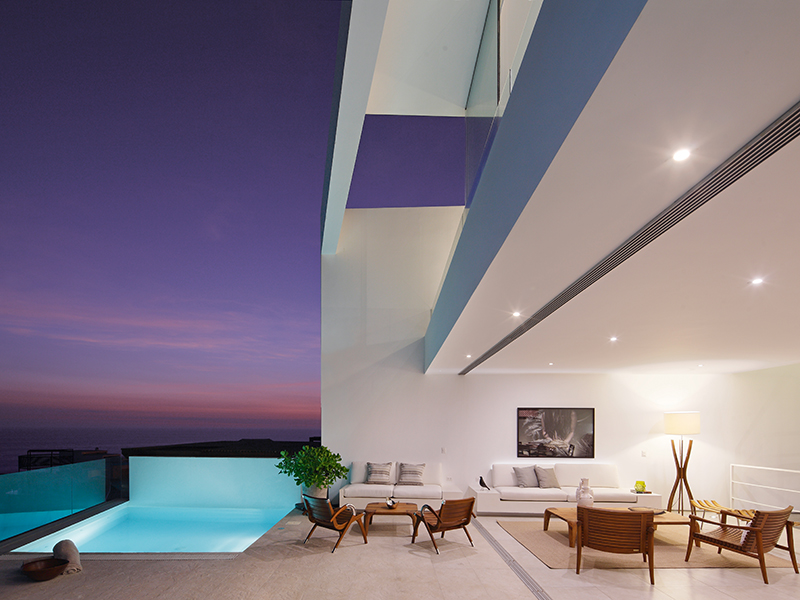
Working in Peru can be difficult, he says, citing the complexity of the terrain and building in a seismically active country, both of which have affected his designs. The reality of the economy is another consideration. “A client wants a million-dollar house, but how do you do it so that it costs a third of that?” And then there are artistic differences. “Very early on I learned that an architect has to get over his ego, and that the most important thing is to make the client happy. It’s not enough to do a good job.”
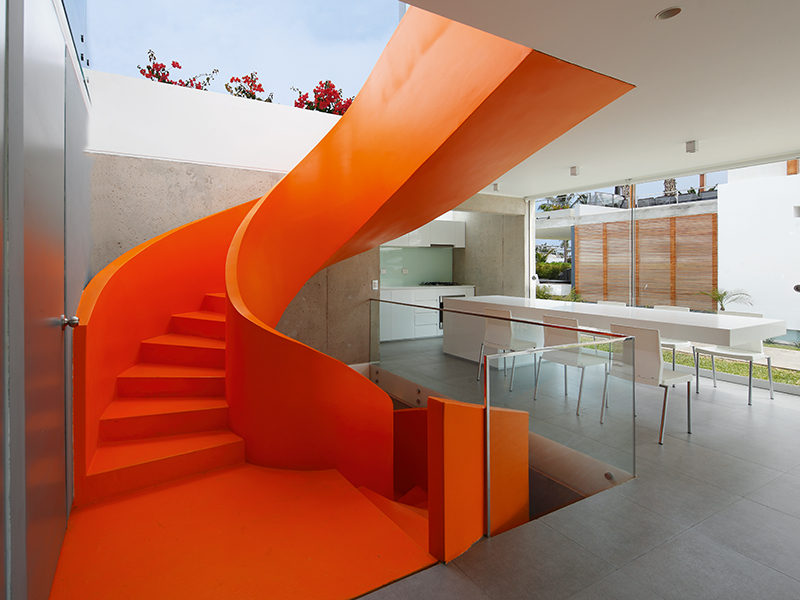
One project that has pleased architect and client is Casa Lapa, shortlisted for the Oscar Niemeyer prize in 2018. The first floor is made of exposed concrete that mimics the terrain on which it sits, and Dulanto says the cosmetic “imperfections in the product (exposed concrete) help to soften the transition between the architecture and nature.” In contrast, the second and third floors of the house are white, bright, airy, and geometric.
Dulanto is happy designing houses because he likes the connection he has with his clients. “If I can live the rest of my life working with my wonderful team, with the kind of projects we’re doing now, I don’t need anything else.”
martindulanto.com
As a fashion designer, she has shown alongside the likes of Oscar de La Renta and Carolina Herrera, and participated in Miami, Paris, and Milan’s fashion weeks.

Silvia Tcherassi is a fashion designer, interior designer, hotelier, and author. Tcherassi’s book Elegancia Sin Esfuerzo translates to “Effortless Elegance” in English, and you could say that this is her credo. As a fashion designer, she has shown alongside the likes of Oscar de La Renta and Carolina Herrera, and participated in Miami, Paris, and Milan’s fashion weeks. She has also been awarded the Order of Arts and Letters by the French government.
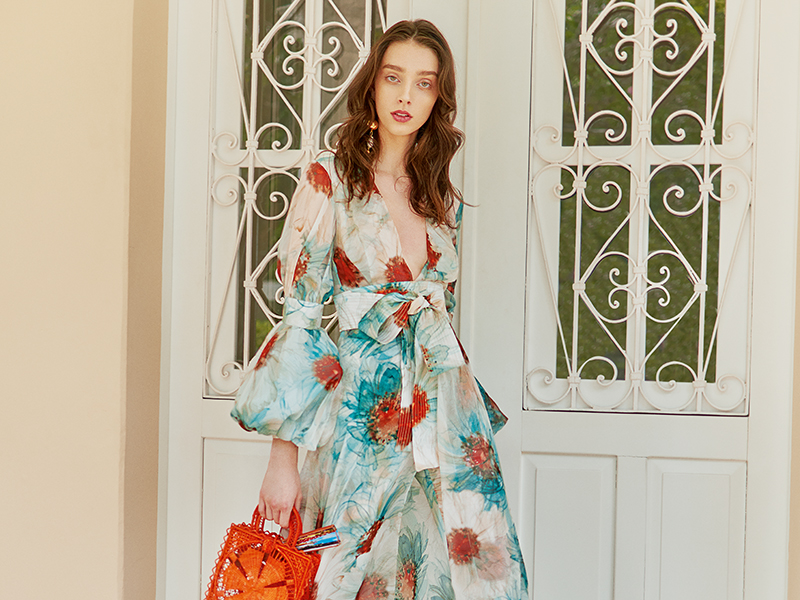
Her fashion work began simply, with bold appliqués on shirts. Seeing how popular they were emboldened her to go further, developing what is now a lifestyle brand and producing seasonal collections as well as a resort line.
As for what drives her, she says, “Inspiration is floating in the air and you need to have the eye to appreciate it.” She credits “pieces of art, buildings and plazas, feelings, utilitarian objects, and powerful and iconoclast women such as Frida Kahlo, Louise Bourgeois, and Anne Truitt” as inspirations.

Though she is now well-known internationally, her ties to Colombia are strong. “My roots are part of the DNA of my brand,” she says, adding that her collaborations with local brands are “not only a business decision” but a way to support her country and its fashion industry. “Working with the artisan women of my country allows me to celebrate their traditions, value their ancestral techniques, support their communities, and promote their unique craft around the world.”
silviatcherassi.com

Uruguayan-born Matteo Fogale currently lives and works in London, but after seeing lots of change afoot in his birthplace of Montevideo, he decided it was time to help to promote design from his native land.
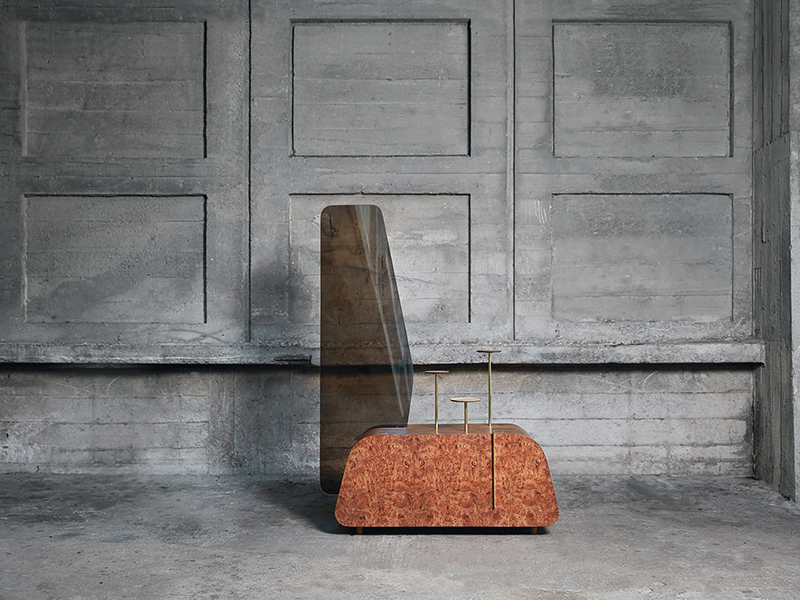
During a British Council-funded residency, he combed through the archives of Modernist architect Julio Vilamajó and found sketches from his carpenter—“I wanted to know who made the furniture, the original drawings,” he says.
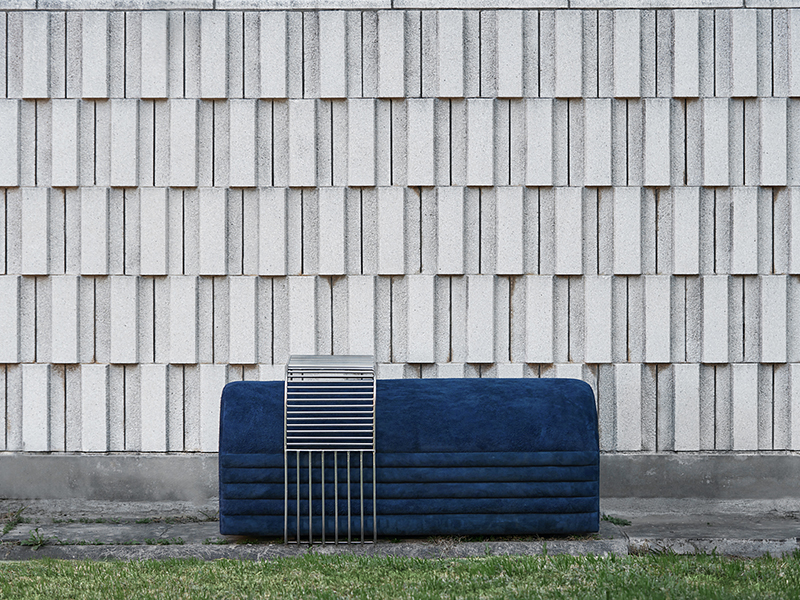
The sketches inspired Fogale’s Hilos Invisibles (Invisible Threads) furniture and homeware collection, which he made in collaboration with seven Uruguayan design studios. Part of the collection is a series of oblong circular lamps made of metal and marble. But this was no direct copy. The original drawing was “not a lamp, but we don’t know what, and I like that we don’t know,” he explains.
While the sketch may have deviated from its original purpose, in designing it, Fogale harked back to Vilamajó’s use of shadows and the movement of natural light in his architectural façades. For the lamp, Fogale “played with the different textures of the marble and the light source that rotates 360 degrees, so depending on where you move it you have different kinds of light, at the same time casting shadows.”
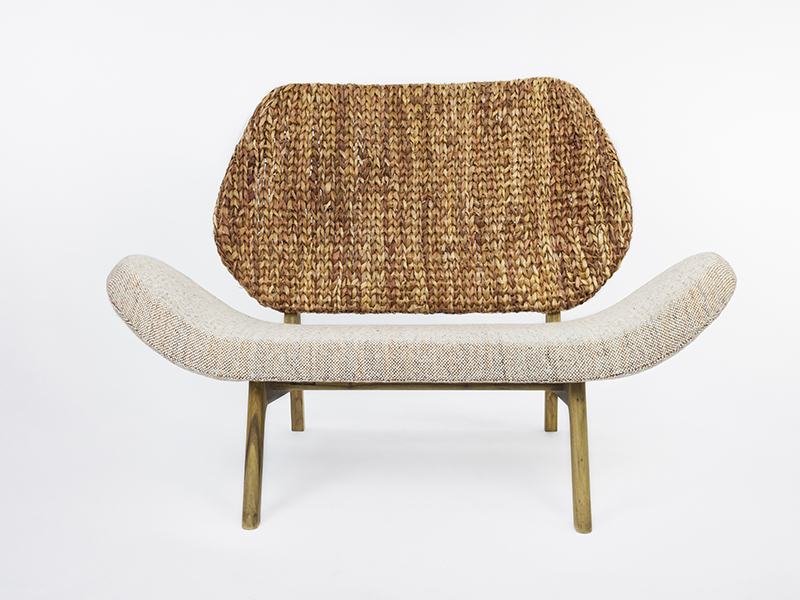
The designer believes there is a long way to go in Uruguay to make design sustainable, local, and also exportable, but there are signs that things are moving in the right direction.
matteofogale.com
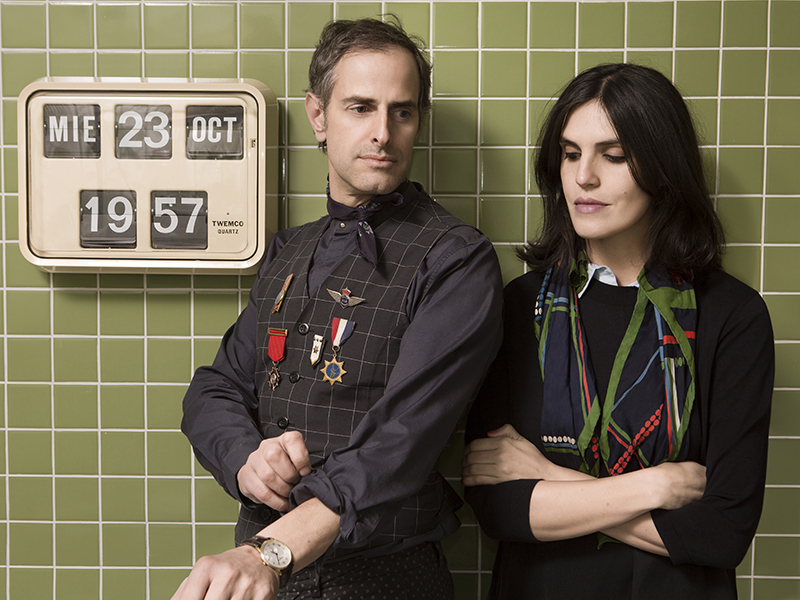
On a side street in Santiago’s design district, Barrio Italia, is the nondescript façade of Grisanti + Cussen’s office. Inside, however, there is reproduction wallpaper, a pressed tin ceiling, and a mounted head of a bighorn sheep, its crown topped with a jaunty pillbox hat.
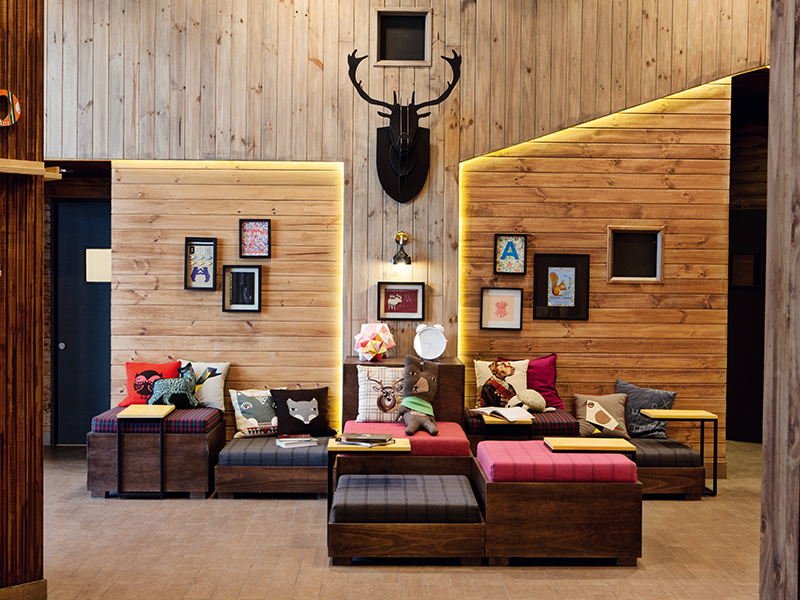
This former professor-student pair met at the university where Kana Cussen was studying interior design and Hugo Grisanti, an architect, was running the design program. When they work in a space, they “redesign everything from the shell in, and then we complement it with interior design, objects, furniture, etc.,” Grisanti says, and they are both keen to explain that work is nourished more by art than design.
The pair travels to source design items, as the Chilean market is flooded with cheap imports. They then blend what they find with work from local artisans. With this eclectic, international list of ingredients they create timeless experiences for hotels, restaurants, and private homeowners.
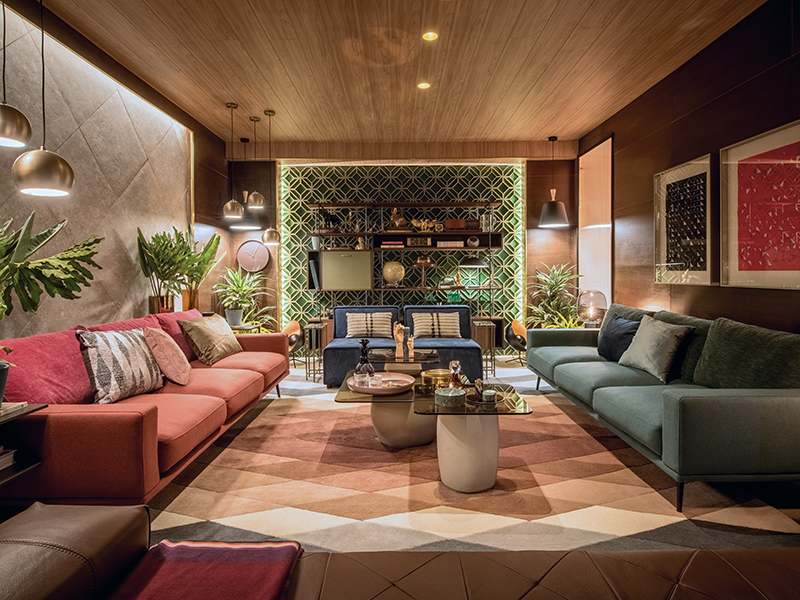
“We don’t like it when things look new,” says Cussen. “We love it when people ask, ‘How long has this been here?’” Though they reject the labels “eclectic” or “kitsch,” they also admit they are not married to any particular aesthetic and lean towards “concept-based design.” They are also not married to each other, though they joke that they spend more time together than with their respective partners.
grisanticussen.com